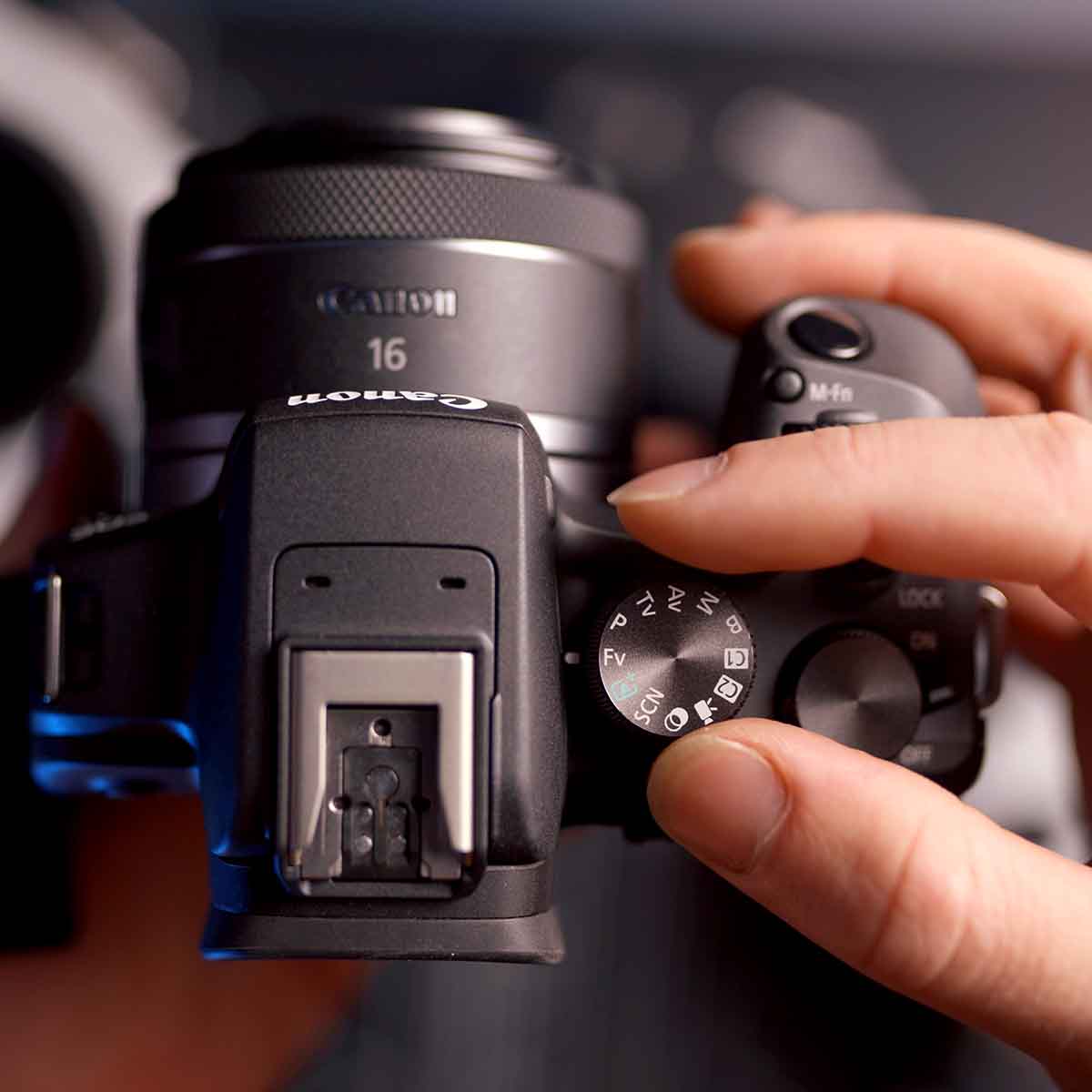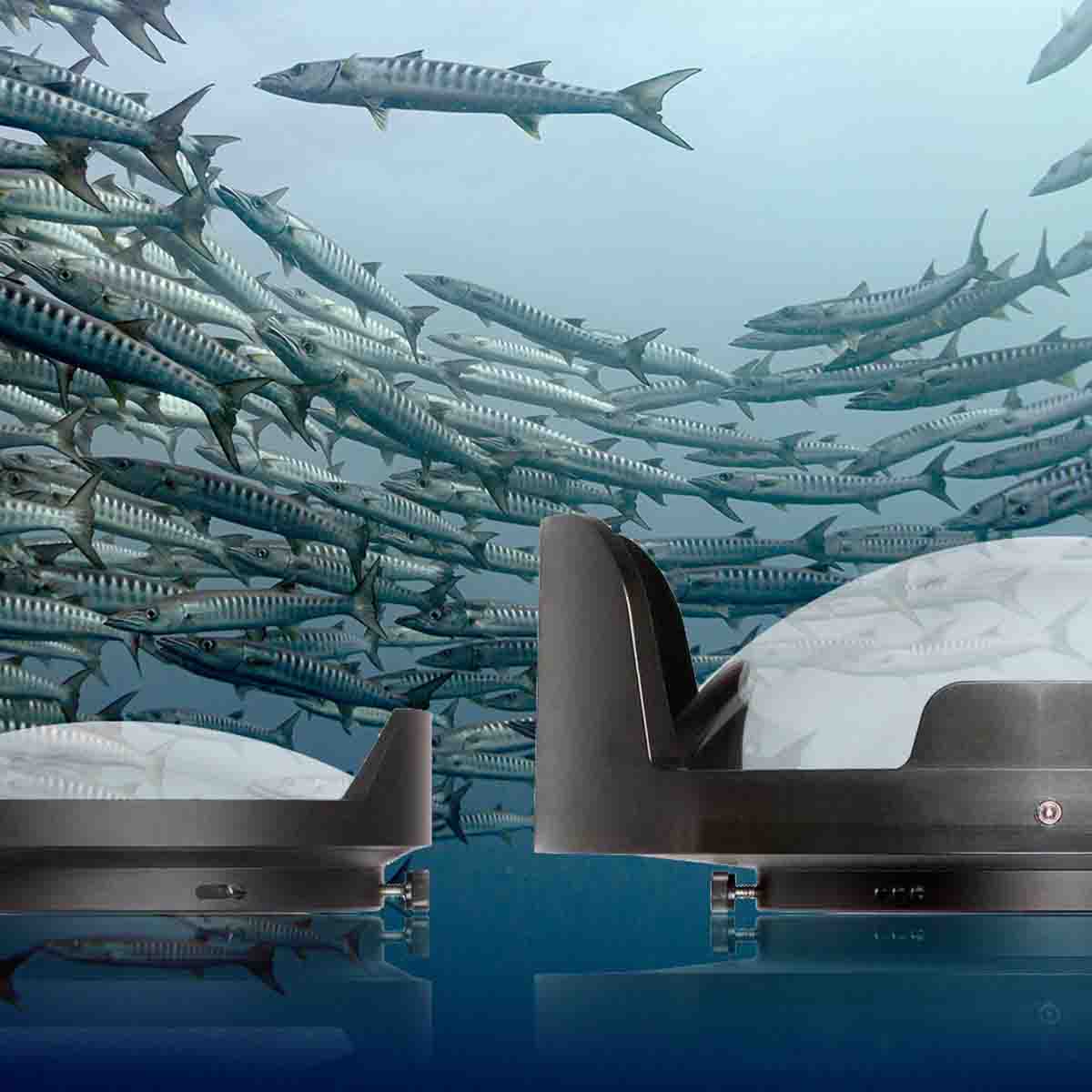Previously, all manta rays in the Atlantic basin had been classified as Mobula birostris, the giant/oceanic manta ray. Two species have been recognized in the Indo-Pacific since 2009 when a paper by Andrea Marshall separated the reef manta ray, Mobula alfredi, from the giant manta ray. In that same paper Andrea proposed that the majority of mantas seen in the western Atlantic, like those seen in off the Yucatán in Mexico were a third species, but she didn’t have all the evidence yet.
The Giant Manta Ray, Revillagigedo, Mexico. © Bryant Turffs
Describing a New Species
Describing a new species is tricky, beginning with understanding what a species even is. One common and simple definition is that a species is an organism that can reproduce in natural circumstances and produce fertile offspring. It is easy to recognize species with very different characteristics, say elephants and great white sharks. In many other cases though, it can be harder. Consider closely related organisms, like the group of fishes known as hamlets. These species, which vary markedly in color are otherwise similar in shape, size, habitat use and are known to hybridize. This makes it tough to nail down which types are truly different species and thus the number of recognized species has been in flux for decades. The very concept of a species, going all the back to Linnaeus, is really just a human effort to impose some order on the messy and complicated world around us. Thus, in modern science concrete genetic, morphological, bio-geographical, and/or behavioral evidence is required to describe a new species, especially one that is very similar to other related species.

The Reef Manta Ray, Kona, Hawaii. © Bryant Turffs
The Mobula Rays
Mobula rays, the wider genus that includes the mantas are relatively new arrivals in the long scheme of evolution. They are believed to have existed for 30-50 million years. Compare this to the first cartilaginous fishes which have existed for 450+ million years. Generally, the longer an organism has had to evolve the more different it will be from related species. As such, the mobulas species have many similarities and some recognized species can be difficult to tell apart even for those with familiarity.
To understand how scientists arrived at the discovery of this new manta species consider another thought experiment. Picture two similar cars… Say basic white Chevy and Ford Pickups. At first glance they look similar, both white, both have two doors, both have a hood and bed… but on closer inspection they have different branding, styling cues, and even more differences hidden under the hood. It was similar for Andrea Marshall when she originally proposed the idea of this third manta species. Having spent so much time describing the differences between M. birostris and M. alfredi she picked up on subtle differences when observing this putative third species. She described these differences in her 2009 paper which became foundational to the present study.
A juvenile Atlantic manta ray known as Cricket to the Florida Manta Project team. © Bryant Turffs
The Atlantic Manta Ray
The Atlantic manta ray, M. yarae, is described as being endemic to the western Atlantic, from Brazil to the East Coast of the United States and throughout the Caribbean and Gulf of Mexico. Its range overlaps with the giant manta but, like the reef manta of the Indo-Pacific, it is thought to have a higher degree of association with coastal waters. Genetic evidence suggests that this species separated from M. birostris even more recently than M. alfredi and as such it has many visual similarities. Complicating its identification in the wild the Atlantic manta has a high degree of color variability, also true for the other species, and it can range from the “average” black and white “chevron” morph, to lightly colored “leucistic” individuals and mostly black “melanistic" individuals.
A melanistic Atlantic manta ray photographed barrel role feeding by drone. © Bryant Turffs
Field Identification of the Atlantic Manta Ray
It’s not easy! But, here are a few keys that you can look for:
1. On the dorsal (top) side the white “shoulder patches” of the Atlantic manta generally create a central “V” shape, nearly touching at their base, as compared to the “T” of the giant manta or the “Y“ of the reef manta.
Atlantic Manta Ray Dorsal - Note “V” shape between shoulder patches. © Bryant Turffs
Giant Manta Ray Dorsal - Note “T” shape made by the shoulder patches and the wider spacing at their base. © Bryant Turffs
Reef Manta Dorsal - Note “Y” shape made by the shoulder patches. © Bryant Turffs
2. On the ventral (bottom) side both the Atlantic and giant manta tend to have blotches and spots located centrally on their “belly.” This differentiates them from the reef mantas which have many spots, almost like freckles, across their undersides. To further differentiate the Atlantic and giant mantas, when darker shading is present along the posterior ventral body margin it tends to be uniform and highly contrasted in the giant species, but more irregular in the Atlantic species.
Atlantic Manta Ray Ventral. © Bryant Turffs
Giant Manta Ray Ventral. © Bryant Turffs
Reef Manta Ray Ventral. © Bryant Turffs
3. Most individuals of the Atlantic species, similar to the reef species, have white coloration around their mouths, differentiating them from the giant mantas which have black coloration around their mouths.
Atlantic Manta Ray Mouth. © Bryant Turffs
Giant Manta Ray Mouth. © Bryant Turffs
4. Consider your location. If you are in the Atlantic, then it’s either an Atlantic or giant manta ray, and if you are coastal in the western Atlantic it’s probably an Atlantic manta. If you are in oceanic waters far offshore, possibly near the Azores or Ascension, it’s probably an oceanic.
Beyond these basics there are additional genetic differences between species among differences in the skin when viewed under a microscope, among many other characteristics described in the scientific article. No doubt though, our understanding of these species will continue to evolve.
A Gulf of Mexico shrimp boat that operates within known Atlantic manta ray habitat. © Bryant Turffs
Conservation of the Atlantic Manta Ray
The giant manta ray and reef manta ray were both considered endangered before the description of this new species. Both have suffered heavily from targeted fisheries where they are harvested for their meat and more recently for use in traditional Chinese medicine. The arrival of the third species complicates the conservation picture. For one, the separation of this third species from the giant manta means than there are fewer giant mantas that previously thought. For another, the Atlantic manta ray, whose conservation status has yet to be formally assessed, has been afforded protections under the endangered species act in the United States with the understanding that they were part of the listed giant manta species. Will they now lose these protections?
A juvenile Atlantic manta ray known as Tabasco with a boat strike injury. © Bryant Turffs
Fortunately, the Atlantic manta ray is not directly targeted in commercial fisheries throughout its range. The Florida Manta Project, however, has been studying this species and identifying threats that do exist within its range for the last decade. Many have been captured as non-targeted by-catch in US commercial shrimp fisheries both in the Gulf and the Atlantic. In Florida, upwards of 10% of juveniles have been documented to have boat strike injuries
including a recent mortality. Additionally, upwards of 25% of rays in this population have been observed while entangled in recreational fishing gear. These threats exist on top of global ones affecting all species like climate change, pollution, and habitat alteration. I am eagerly awaiting the formal assessment of this species’ conservation status and I believe it will be necessary to provide education and management strategies to protect this species which, like the other mantas, is long lived and slow to reproduce.

A juvenile Atlantic manta ray known as Crawford with fishing line entangling his right pectoral fin. This later resulted in the loss of the fin tip, but he seemed to be surviving in spite of the injury at last sighting. © Bryant Turffs
Additional Information
The Florida Manta Project and Marine Megafauna Foundation are proactively working towards conserving all manta ray species. To learn more more about these efforts, manta rays generally, and the new species you can check out
my previous feature from Ikelite and follow
@marinemegafauna,
@floridamantagirl and #TheFloridaMantaProject on social media. Look for future updates from me here and on my social media
@elusive_endeavors.
All of the images accompanying this article are my own and the underwater images were shot with Ikelite equipment. At present I enjoy shooting a Canon R7 with Canon 8-15mm fisheye lens inside an Ikelite
200DLM Underwater Housing and
Ikelite DS232 Strobes. Finally, I’d like to ask that you to take a moment with me to share a hopeful thought or prayer for Dr. Andrea Marshall who suffered a tragic aneurysm in 2024 from which her recovery is ongoing.
Atlantic manta ray silhouette. © Bryant Turffs
 Ambassador Bryant Turffs has worked on six of the seven continents as a biologist, boat captain, dive professional, commercial fisherman, photographer, and educator. Today he lives in Palm Beach County, Florida, and works with his partner, Jessica Pate, to understand the mysteries of the local manta ray population. He also uses his photography to tell other natural history and conservation stories. Read more...
Ambassador Bryant Turffs has worked on six of the seven continents as a biologist, boat captain, dive professional, commercial fisherman, photographer, and educator. Today he lives in Palm Beach County, Florida, and works with his partner, Jessica Pate, to understand the mysteries of the local manta ray population. He also uses his photography to tell other natural history and conservation stories. Read more...
















 Ambassador Bryant Turffs has worked on six of the seven continents as a biologist, boat captain, dive professional, commercial fisherman, photographer, and educator. Today he lives in Palm Beach County, Florida, and works with his partner, Jessica Pate, to understand the mysteries of the local manta ray population. He also uses his photography to tell other natural history and conservation stories. Read more...
Ambassador Bryant Turffs has worked on six of the seven continents as a biologist, boat captain, dive professional, commercial fisherman, photographer, and educator. Today he lives in Palm Beach County, Florida, and works with his partner, Jessica Pate, to understand the mysteries of the local manta ray population. He also uses his photography to tell other natural history and conservation stories. Read more...












